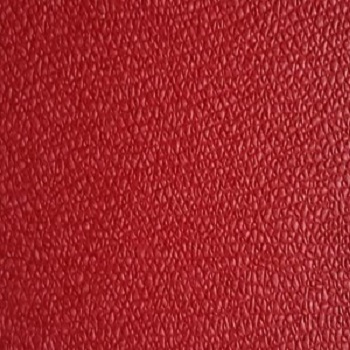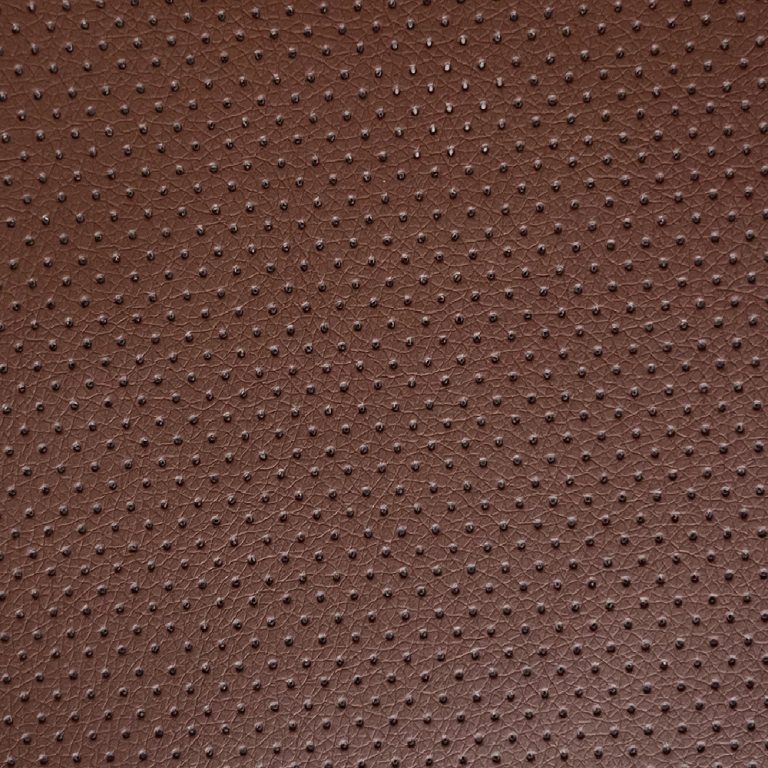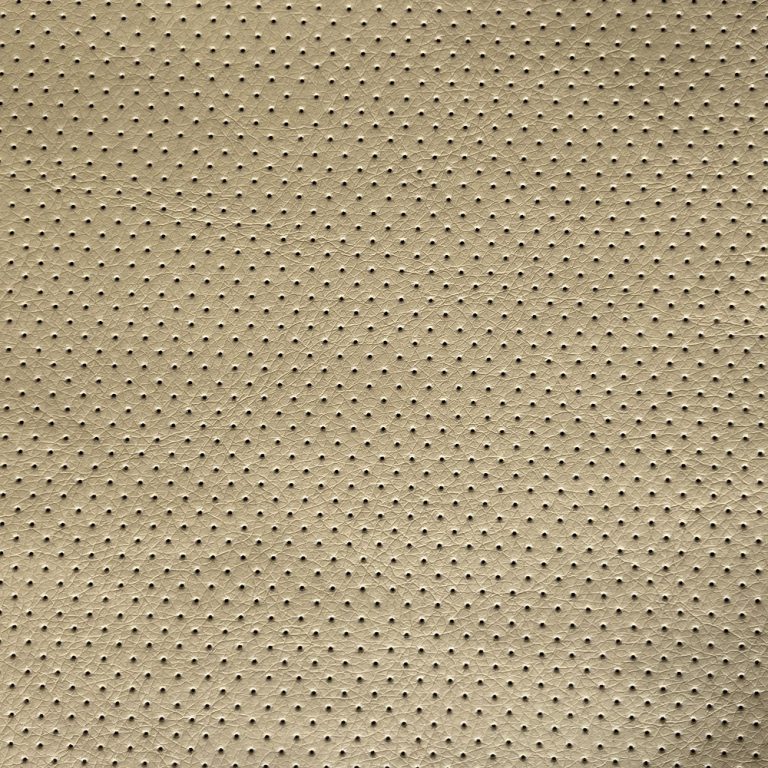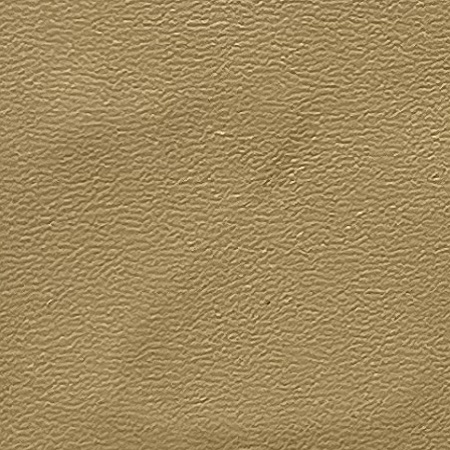Table of Contents
Sustainable Packaging Solutions for Synthetic Leather Products
In recent years, the demand for synthetic leather products has surged due to its versatility, affordability, and cruelty-free nature. However, as the popularity of synthetic leather grows, so does the need for sustainable packaging solutions to accompany these products. Packaging plays a crucial role in protecting synthetic leather goods during transportation and storage, but traditional packaging materials often contribute to environmental degradation. In response to this challenge, the industry is increasingly turning to eco-friendly alternatives to package synthetic leather products.
One of the most promising sustainable packaging solutions for synthetic leather products is biodegradable and compostable packaging materials. These materials are derived from renewable resources such as corn starch, sugarcane fibers, or bamboo pulp, making them a more environmentally friendly option compared to traditional plastic packaging. Biodegradable packaging breaks down naturally over time, reducing the burden on landfills and minimizing pollution.
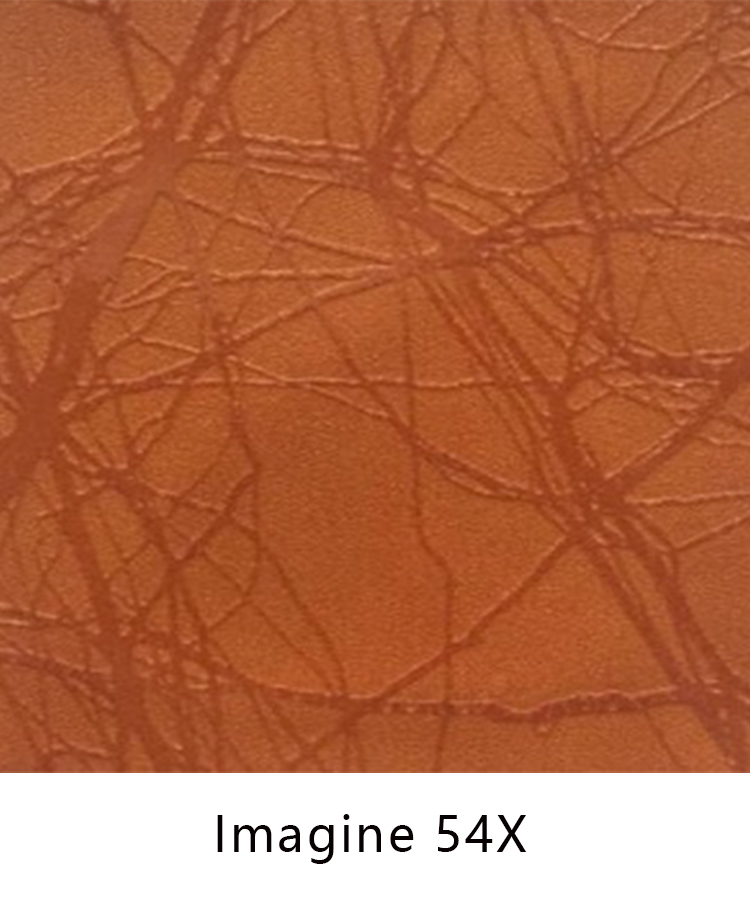
Moreover, compostable packaging offers an additional benefit by providing nutrients to the soil when it decomposes. This closed-loop system aligns with the principles of circular economy, where waste is transformed into valuable resources. By opting for compostable packaging for synthetic leather goods, manufacturers can demonstrate their commitment to environmental sustainability and meet the growing consumer demand for eco-friendly products.
Another sustainable packaging solution gaining traction in the synthetic leather industry is recycled packaging materials. Recycling helps divert plastic waste from landfills and reduces the need for virgin materials, thereby conserving natural resources and minimizing carbon emissions. Manufacturers can use recycled materials such as cardboard, paper, or bioplastics to package synthetic leather products without compromising on quality or durability.
Furthermore, incorporating recycled content into packaging aligns with the principles of a circular economy by promoting the reuse and recycling of materials. By choosing recycled packaging for synthetic leather goods, brands can showcase their dedication to environmental stewardship and contribute to the global effort to reduce plastic waste.
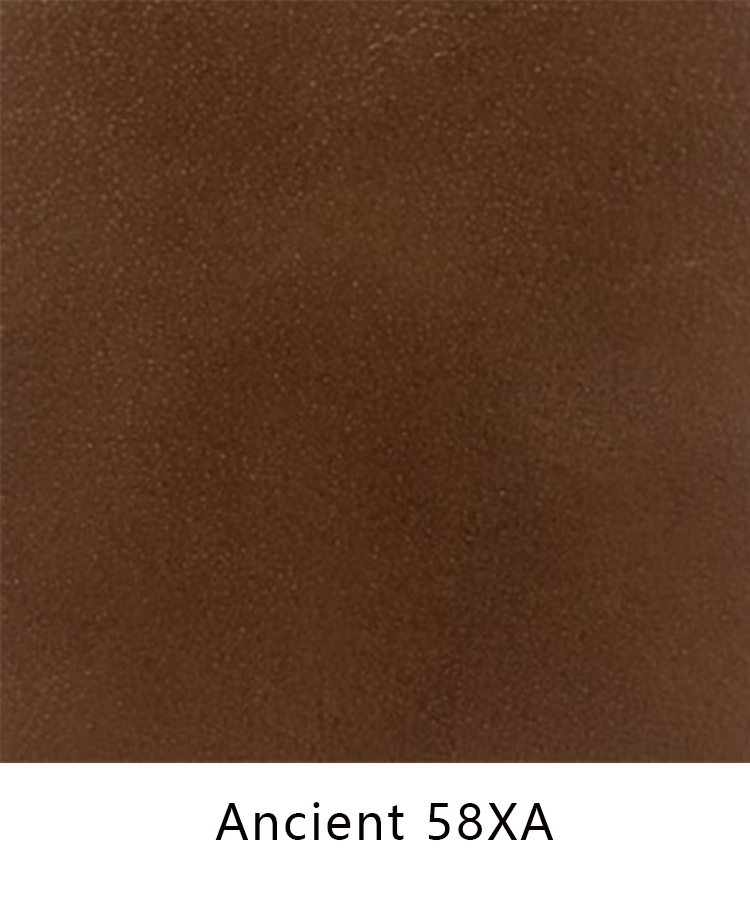
In addition to using eco-friendly materials, optimizing packaging design can also enhance sustainability. Lightweighting packaging reduces material usage and transportation emissions while maintaining product protection. Additionally, designing packaging that is easily recyclable or compostable streamlines the waste management process and encourages consumers to dispose of packaging responsibly.
| No. | Article Name |
| 1 | Shoe Upper |
Furthermore, implementing efficient packaging practices, such as right-sizing packages and minimizing excess packaging material, can reduce waste and lower shipping costs. By prioritizing sustainability in packaging design and practices, manufacturers can minimize their environmental footprint and contribute to a more sustainable future.
However, achieving widespread adoption of sustainable packaging solutions for synthetic leather products requires collaboration across the supply chain. Manufacturers, retailers, and consumers all play a crucial role in driving demand for eco-friendly packaging and supporting initiatives that promote sustainability. Education and awareness campaigns can help inform consumers about the environmental impact of packaging and empower them to make more sustainable choices.
In conclusion, sustainable packaging solutions are essential for reducing the environmental impact of synthetic leather products. By embracing biodegradable and compostable materials, incorporating recycled content, optimizing packaging design, and adopting efficient packaging practices, the industry can minimize waste, conserve resources, and mitigate climate change. Through collective action and innovation, the synthetic leather industry can pave the way towards a more sustainable future.
The Role of Innovative Packaging in Enhancing the Appeal of Synthetic Leather Goods
Packaging plays a crucial role in the consumer’s perception of a product. In the realm of synthetic leather goods, innovative packaging not only protects the product but also enhances its appeal. From wallets and handbags to upholstery and automotive interiors, synthetic leather has become a popular choice due to its versatility and affordability. However, the success of synthetic leather products relies not only on the quality of the material but also on how they are presented to the consumer.
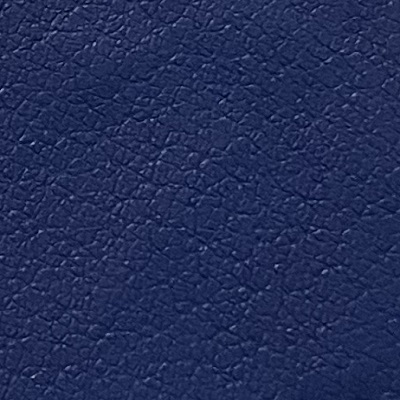
Innovative packaging serves multiple purposes in the marketing and sales of synthetic leather goods. Firstly, it acts as a protective barrier, safeguarding the product from damage during transit and storage. This is particularly important for synthetic leather, which can be susceptible to scratches and creases if mishandled. By employing sturdy and well-designed packaging, manufacturers ensure that the product reaches the consumer in pristine condition, enhancing customer satisfaction and brand reputation.
Moreover, packaging serves as a vehicle for branding and marketing efforts. The design, materials, and visual elements of the packaging communicate the brand’s identity and values to the consumer. For synthetic leather goods, packaging can convey messages of sustainability, modernity, and luxury, depending on the target demographic and market positioning of the product. Through strategic use of colors, typography, and imagery, packaging creates a memorable impression that influences purchasing decisions.
In recent years, there has been a growing emphasis on sustainable packaging solutions across industries. Synthetic leather, often touted as an eco-friendly alternative to genuine leather, can further bolster its environmental credentials through sustainable packaging choices. This includes using recycled materials, minimizing excess packaging, and opting for biodegradable or compostable alternatives. By aligning the packaging with the sustainable ethos of synthetic leather, brands can appeal to environmentally conscious consumers and differentiate themselves in a competitive market.
| Commodity Name | Model |
| Notebook leather | S |
In addition to protection and branding, innovative packaging can also enhance the perceived value of synthetic leather goods. Luxury brands, in particular, leverage premium packaging materials and intricate designs to create a sense of exclusivity and opulence. Unwrapping a meticulously packaged item can evoke a sense of anticipation and excitement, elevating the overall shopping experience for the consumer. By investing in high-quality packaging, manufacturers of synthetic leather goods can command higher price points and attract discerning customers who value craftsmanship and attention to detail.
Furthermore, packaging plays a crucial role in informing consumers about the product and its features. Beyond the basic product label, packaging can include instructional inserts, care guides, and warranty information, providing valuable guidance on how to care for and maintain synthetic leather goods. This not only enhances the user experience but also prolongs the lifespan of the product, reducing the need for premature replacements and contributing to sustainability efforts.
In conclusion, innovative packaging is instrumental in enhancing the appeal of synthetic leather goods. By providing protection, conveying branding messages, showcasing sustainability efforts, and elevating perceived value, packaging plays a multifaceted role in shaping the consumer’s perception and purchasing decisions. As the demand for synthetic leather continues to rise, manufacturers must recognize the importance of thoughtful and strategic packaging design in maximizing the success of their products in the market.

